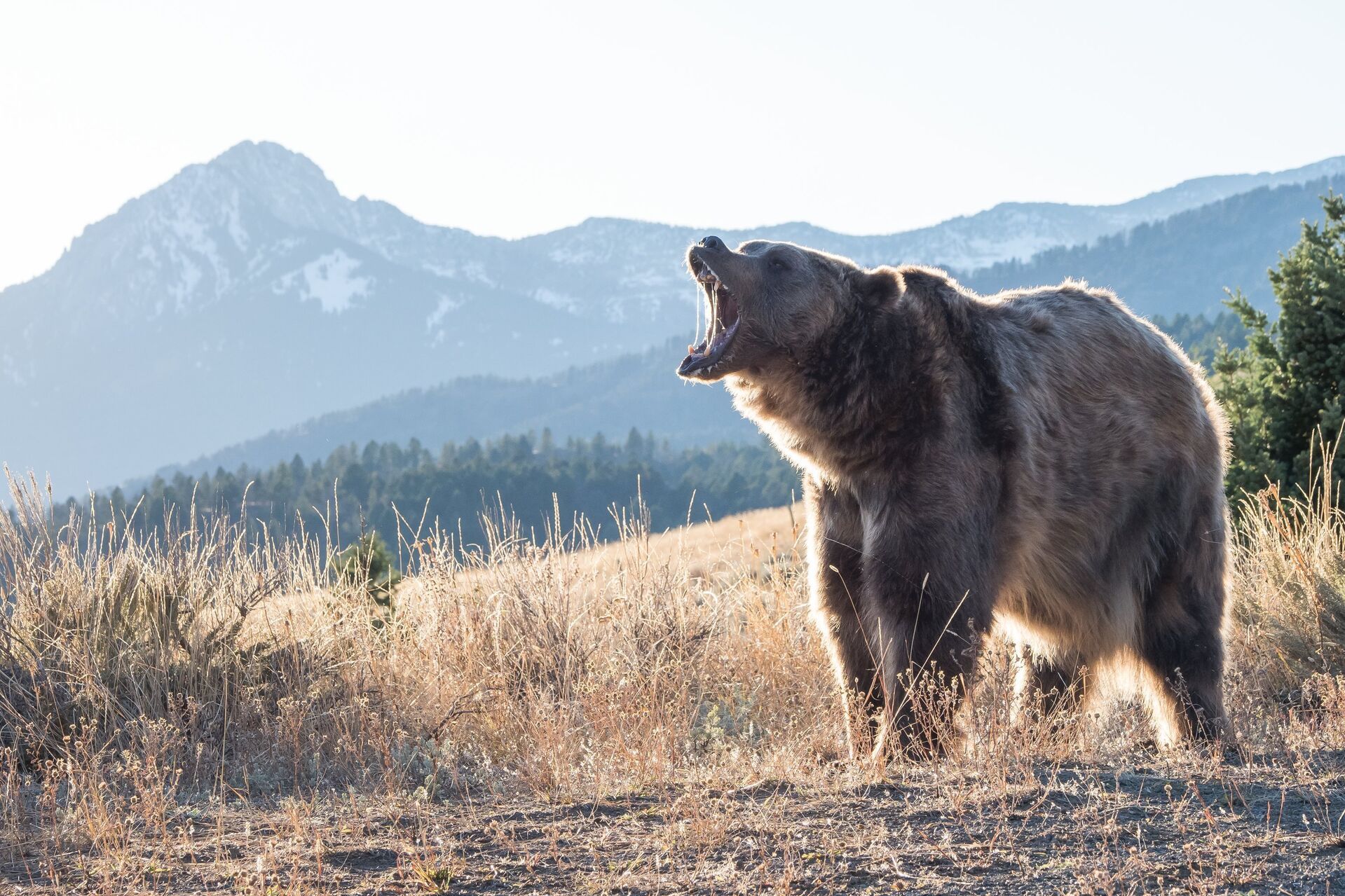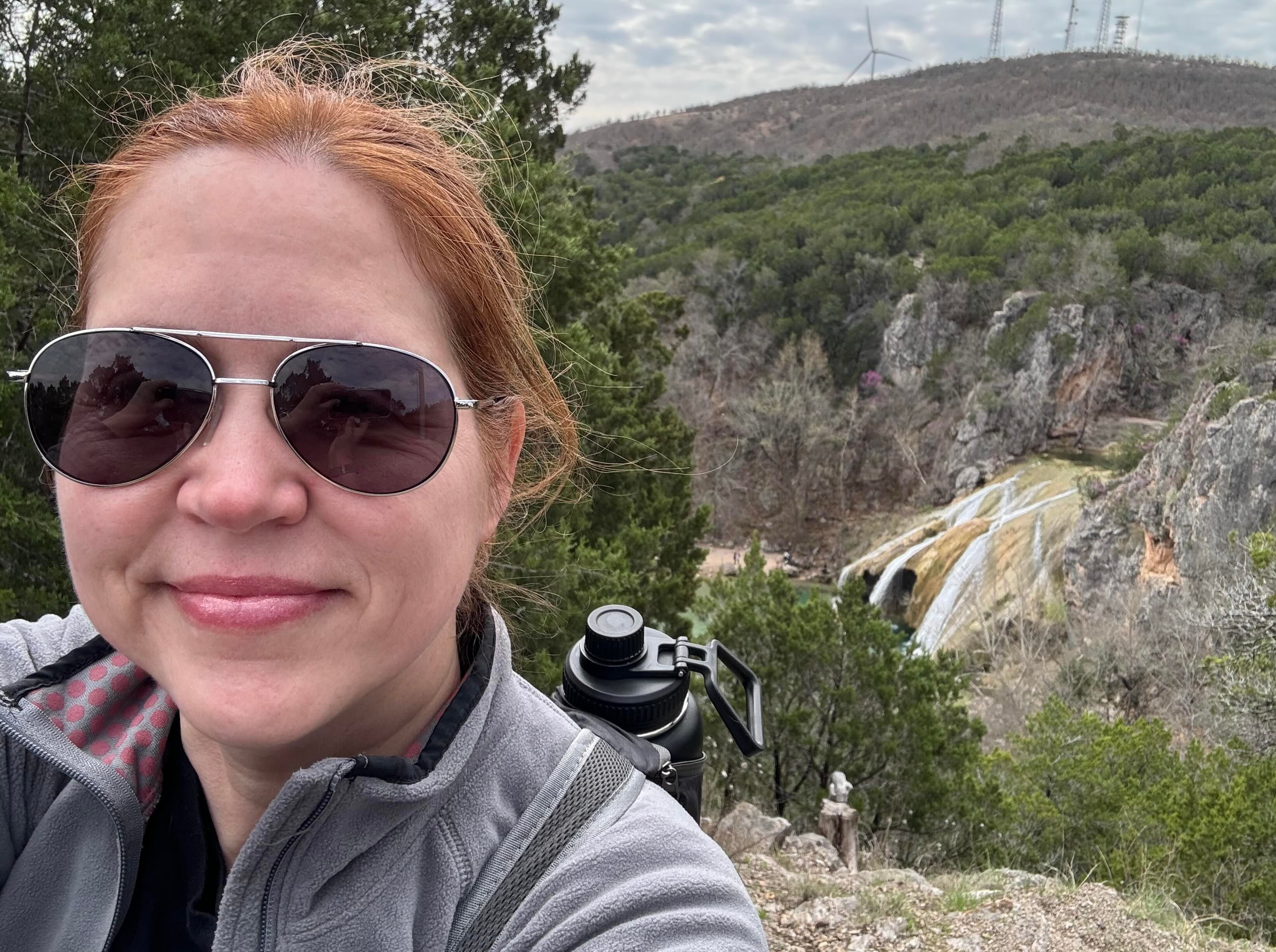While black bear hunting is more common in the eastern regions, brown bear hunts tend to dominate the rugged western landscapes. Each season offers unique challenges and will coincide with different stages of the bears' natural cycles.
Are you thinking about getting out for a bear hunt this year? This guide examines the differing bear seasons in the eastern and western regions, regulations, techniques, and more to ensure you're prepared for your next bear hunt.
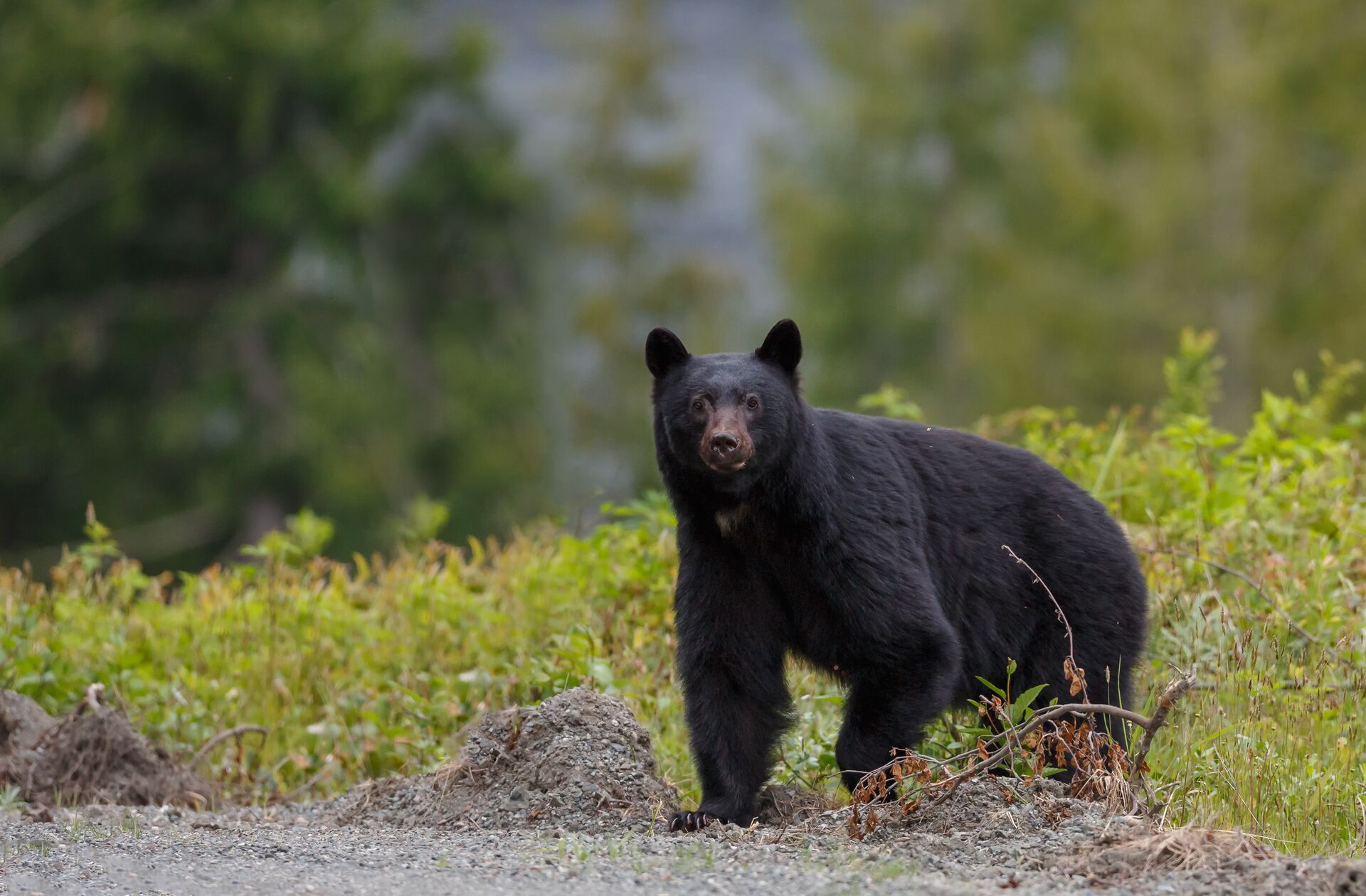
Types of Bears: Eastern vs. Western Regions
In the Eastern United States, you'll target black bears, the only species in these regions.
Black bears are the most widely recognized species and can range in weight anywhere from 200 pounds up to 600. They're marked by the capacity to climb, and despite their name, they can be blueish, grayish-black, or even cinnamon-colored.
There are sixteen subspecies of black bears, and they typically inhabit forested regions where they can target fruits and berries.
In the Western regions, you'll encounter black and brown bears in some states, such as Montana, Wyoming, and Alaska. Brown bears can range from 5ft to 9.2ft in length and weigh anywhere from 400 to 1,000 pounds.
You might have seen them on a nature channel (or in person if you're super lucky) munching on sockeye salmon at Brook Falls as they leverage their heightened sense of sound and smell to target some protein, such as deer, fish, and pigs, when not eating their mostly vegetable-based diet.
Black bears in the west typically display a more comprehensive color variation and will inhabit timbered mountain ranges and forests in these regions.
Where to Hunt Bears in the Fall
Fall bear hunting coincides with the pre-hibernation period, meaning bears will be loading up on food and preparing for their time in the den. Some of the best fall hunting spots include Oregon, Idaho, Montana, Colorado, Wyoming, Alaska, and New Mexico.
Fall is often a less-hunted bear period and presents exciting opportunities with bears that are far better conditioned and fattened than those of a Spring hunt. Still, a fall bear hunt is something to experience if you're looking to take your game up a notch from a whitetail hunt.
Where to Hunt Bears in the Spring
Spring bear hunting is an exciting time to target these stunning mammals as they emerge from their dens searching for fat-dense food and mating partners.
Nine U.S. states offer Spring bear hunts: Idaho, Montana, Wyoming, Oregon, Washington, Utah, Arizona, Alaska, and Maine (only on certain tribal lands).
Note that Alaska, Idaho, Wyoming, and Maine offer baited hunts; the other states allow only spot-and-stalk hunting.
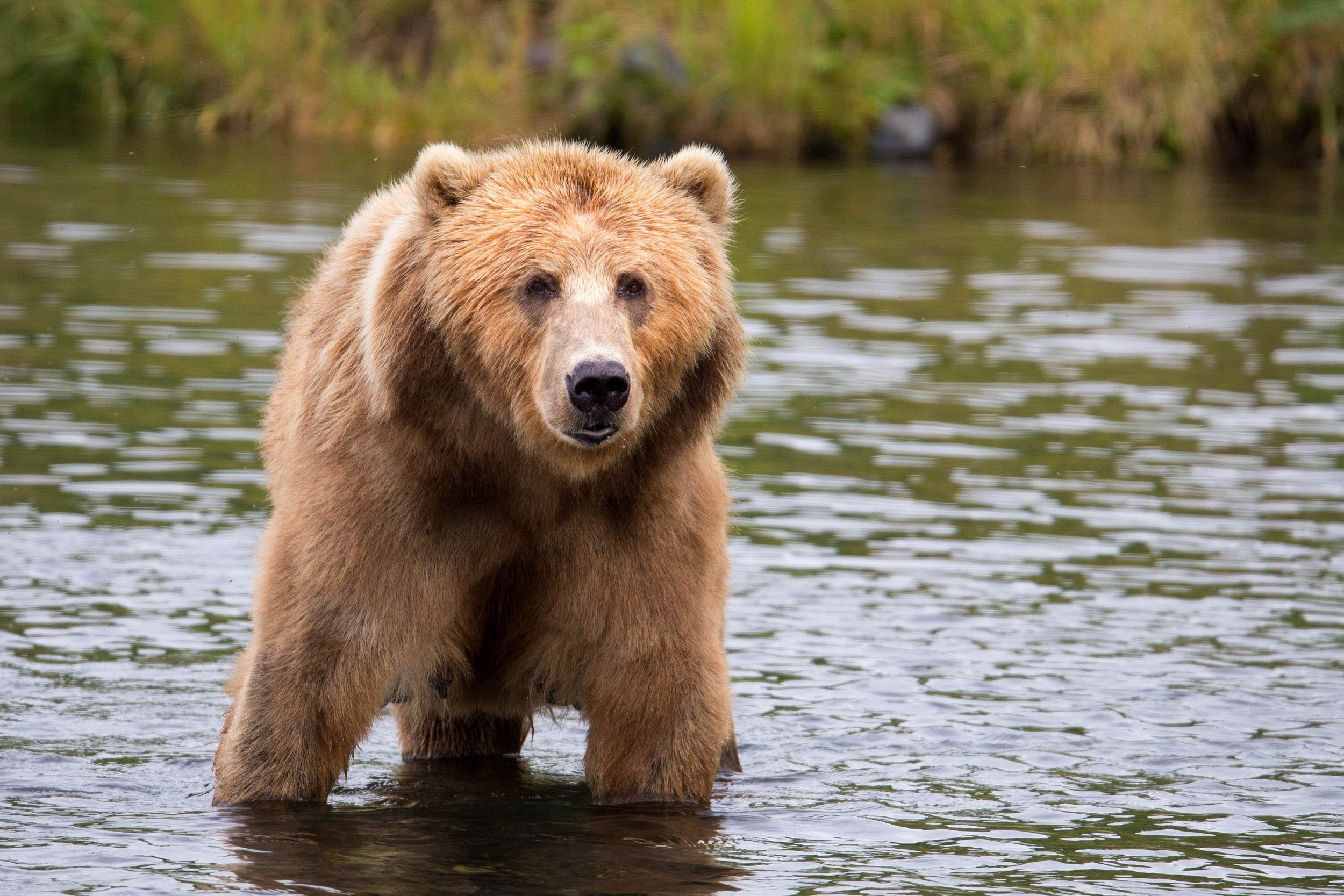
Regulations and Seasons
Bear hunting seasons and regulations will change depending on the state and wildlife objectives and may even change from the Spring to Fall seasons.
Hunters will need a license, and bear tags are usually awarded either through a lottery draw system or an online (over-the-counter) purchase. Due to the rise in the population of black bears, tags are relatively easily acquired.
You'll also find variation in the types of permitted hunting methods, with some states allowing baiting or hunting with dogs and others prohibiting these practices.
Strategies: Eastern vs. Western Bear Hunting
Your hunting strategy, approach, and gear preparation will vary significantly depending on whether you're in an eastern or western region.
An eastern hunt will take you to a denser hunting environment, typically in forests or swamp areas at heightened elevations throughout mountainous ranges such as the Appalachians. The impact of this denser environment on visibility may require a stand or baiting to be set over food sources that will attract bears into the line of fire.
Consider fruit orchids, fish streams, animal carcasses, or even bait stations as potential food sources, and remember that bears are opportunistic feeders who will take advantage of a meal if it's on offer.
The hunting environment in the Western regions is more varied, ranging from the alpine areas to arid deserts and thick woodlands. A spot-and-stalk approach will be more suited to this hunting environment. With a good pair of optics, you'll have a far greater chance of spotting bears in this area and lining up a nice shot from a greater distance than possible on an eastern hunt.
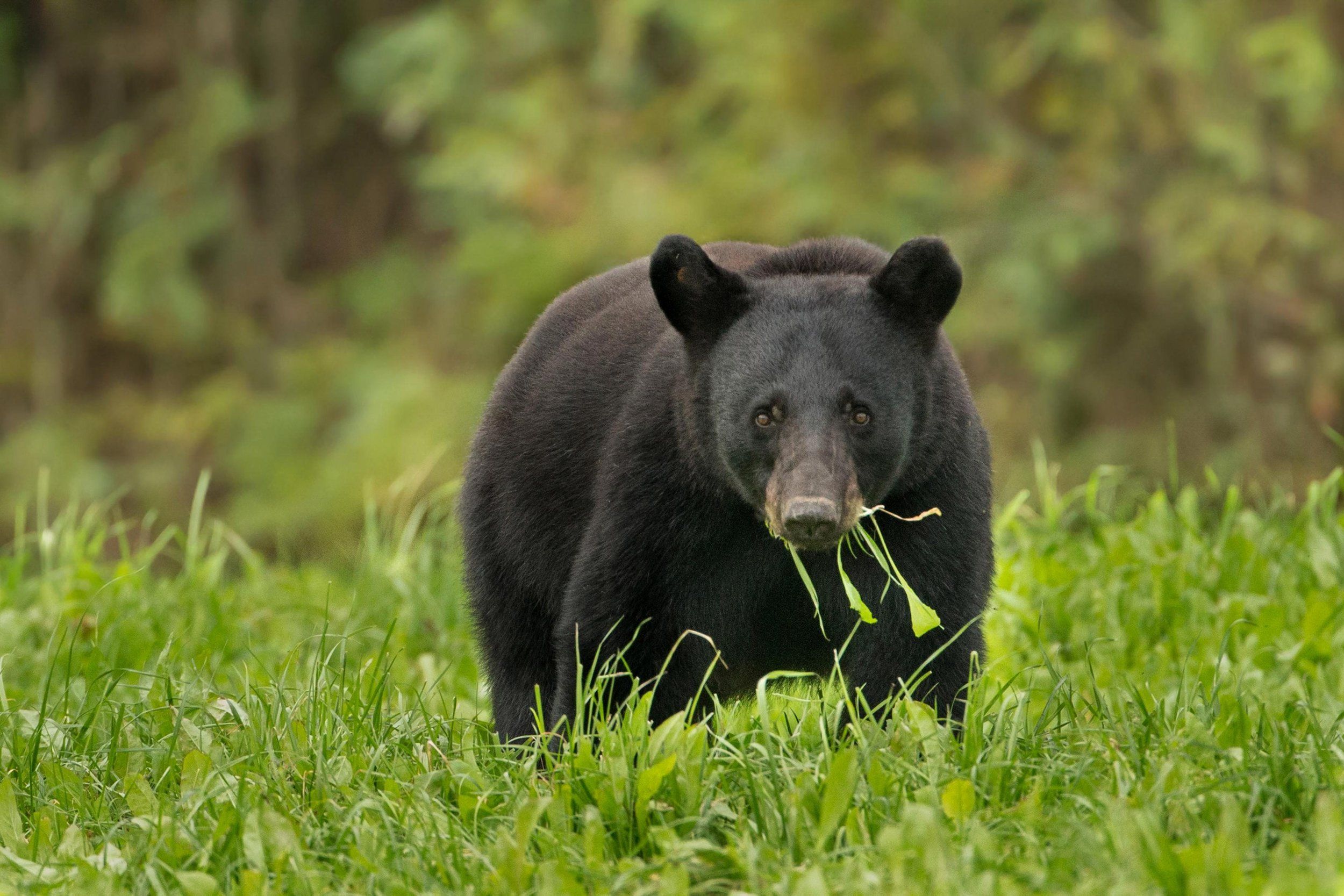
Bear Behavior and Movement Patterns
Due to the higher level of hunting pressure, eastern bear species may be more secretive and have a smaller range of movement. This behavior is likely also impacted by the high availability of food and the density of their forested environments, meaning they can maintain a smaller range.
Eastern bears are more accustomed to human presence and are known to enter urbanized areas for food. Still, getting too close is not a great idea, as bears have an unparalleled sense of smell. Wandering all over their bedding and feeding areas can be a guaranteed way to never see them again.
Due to the sparseness of their environment and range of natural landscapes, western bears are likely to travel further distances relying on a more seasonal diet of seasonal food sources like fish (in areas with salmon runs), berries, and foraging in high alpine meadows. Western bears live more isolated lives and are less accustomed to human interaction.
Black bears are vocal and will utilize a range of vocalizations to communicate within their group and with other species. They also physically use posturing to communicate and express attitudes to other bears, such as establishing dominance.
What Gear Do You Need?
Due to their smaller overall size, eastern bears require smaller calibers like .270, .30-06, or bows with sufficient power. If heading to a western bear region, you should leverage larger calibers (e.g.,300 Win Mag) to take down a grizzly.
You'll need good binoculars for open landscapes and denser environments to spot bears. Spotting scopes will also be helpful for long-range glassing, especially in Western bear hunts, where the terrain allows for spotting animals at great distances.
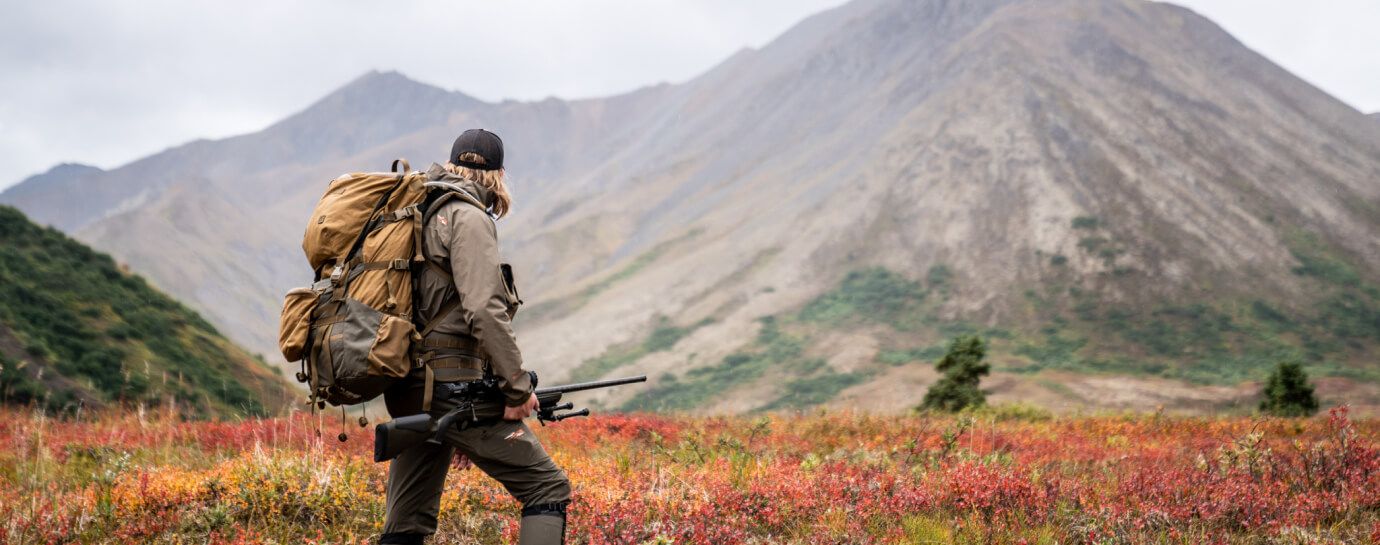
Get Fit for the Physical Demands of a Bear Hunt
Western hunting will likely mean mountain hunting, which requires more physical preparation and adaptation. Full-body fitness should be a priority for a successful hunt, so focus on conditioning and endurance-based exercise such as running, biking, and hiking with gear.
Core stability is also essential to physical preparation as you'll likely need to pack out to more remote locations, especially on a grizzly hunt. Bodyweight exercises, sit-ups, squats, and lunges are all great ways to prepare your core for the hunt.
As discussed, eastern hunts may require still or stand hunting, which may involve long hours in stands or blinds. In this case, you'll want to maximize comfort by focusing on flexibility, undertaking stretching exercises, focus-building exercises such as breathing strategies, and integrating visualization into your hunting preparation.
Can You Eat Bear Meat?
Although bear meat is considered a more unconventional game meat, it can be delicious and is often compared to something between pork and venison.
The types of foods the bear consumes will significantly impact the meat's flavor profile. Therefore, bears eating mostly berries and fresh vegetation may have meat sweeter than those mainly eating salmon.
In addition, seasonality may come into play. Bears taken in the fall after building up reserves for winter hibernation may have richer meat than bears harvested in the spring or summer due to the higher fat content.
Aside from the meat, bears are impressive trophies. Just make sure you follow all hunting regulations, quotas, and specific hunting guidelines, such as gender, as set by the relevant wildlife management agencies.
Always utilize the meat and as much of the animal as possible, taking a "trophy last" approach to the hunt. This means preparing the trophy only once the meat and all other animal components have been harvested.
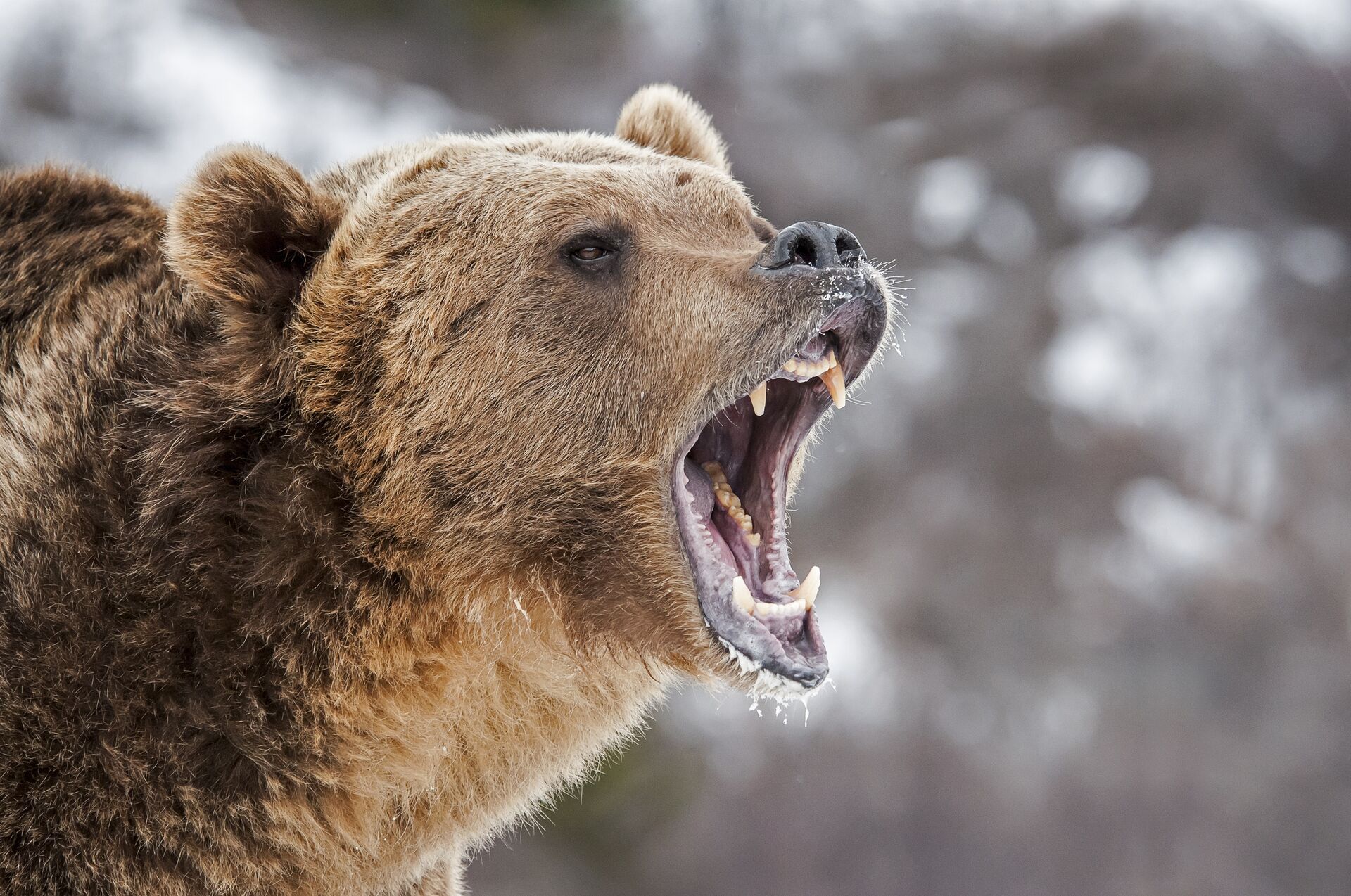
Improve Your Bear Hunting Adventure With HuntWise
Bear hunting combines the best components of everything, making hunting a thrilling endeavor. If you're ready to take on the challenge or are considering adding a bear hunt to your Spring or Fall roster, make your first stop at HuntWise.
With mapping insights, weather and animal behavior insights and forecasting, information from expert guides, and more, you'll be as prepared as you can be for either season you decide to take on. Use HuntWise to pre-scout for your hunt, then carry that information with you into the field, whether you hunt with or without a guide.
Don't have HuntWise yet? Download and try it free for your first week!
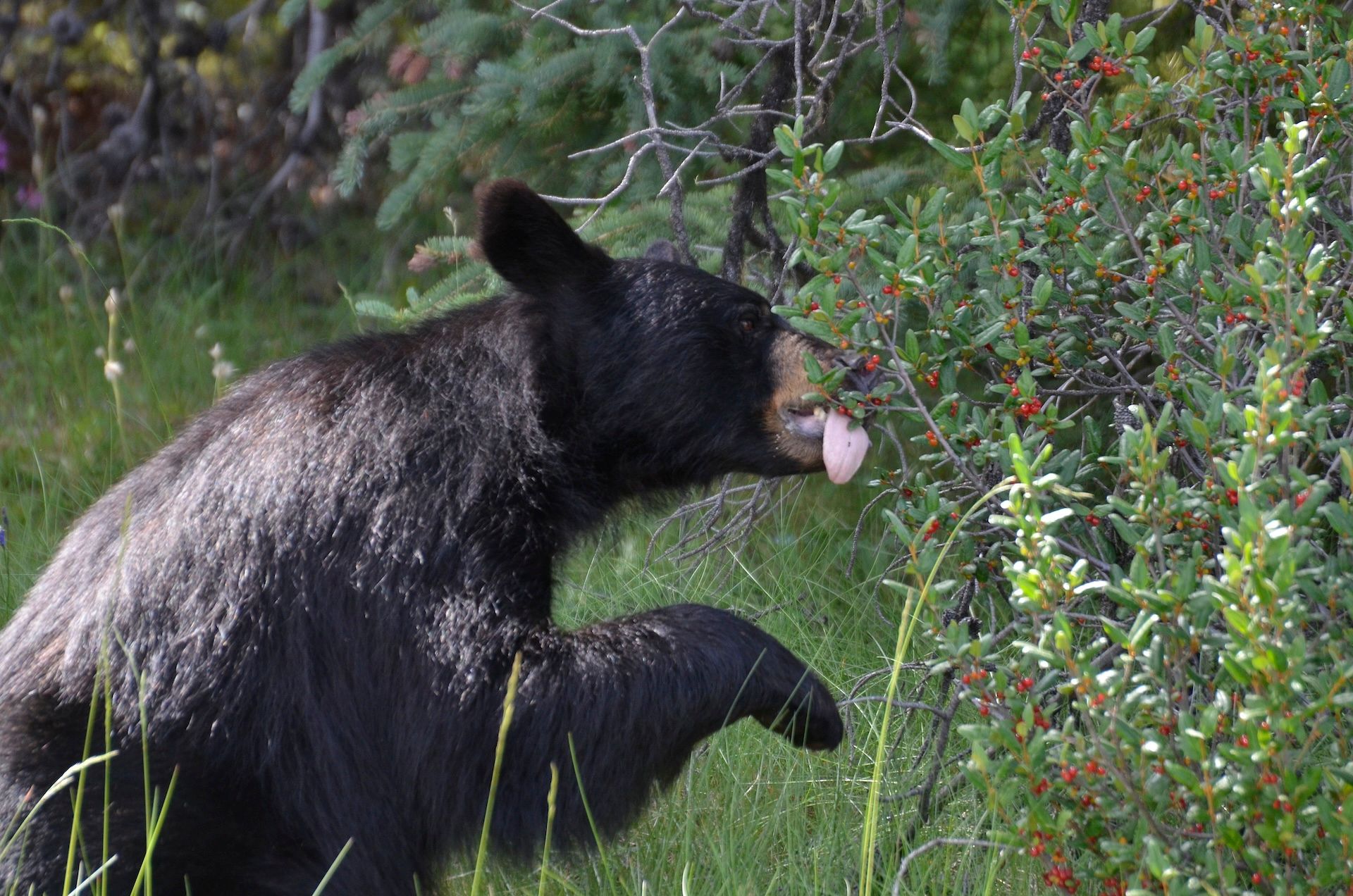
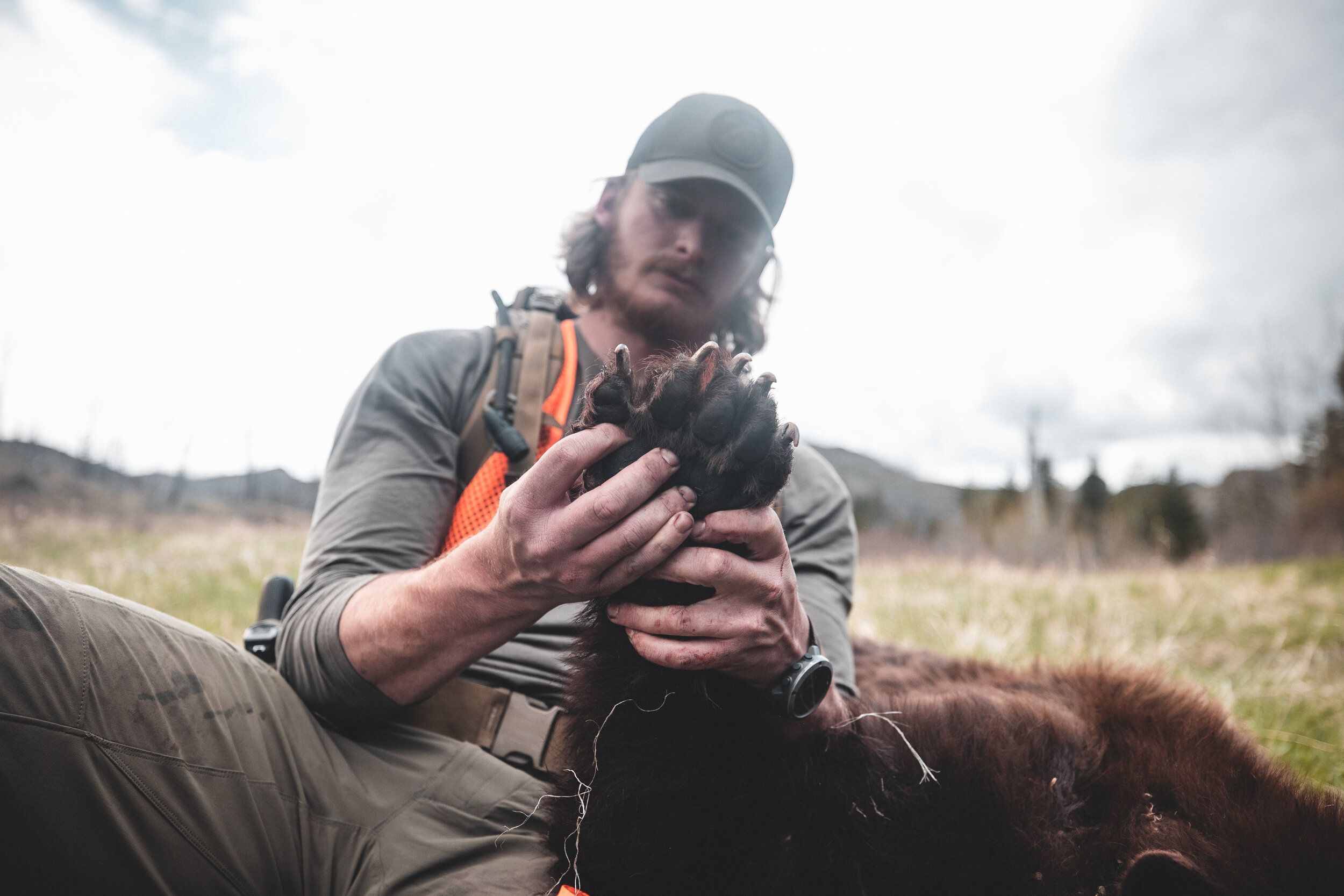 Bear
Bear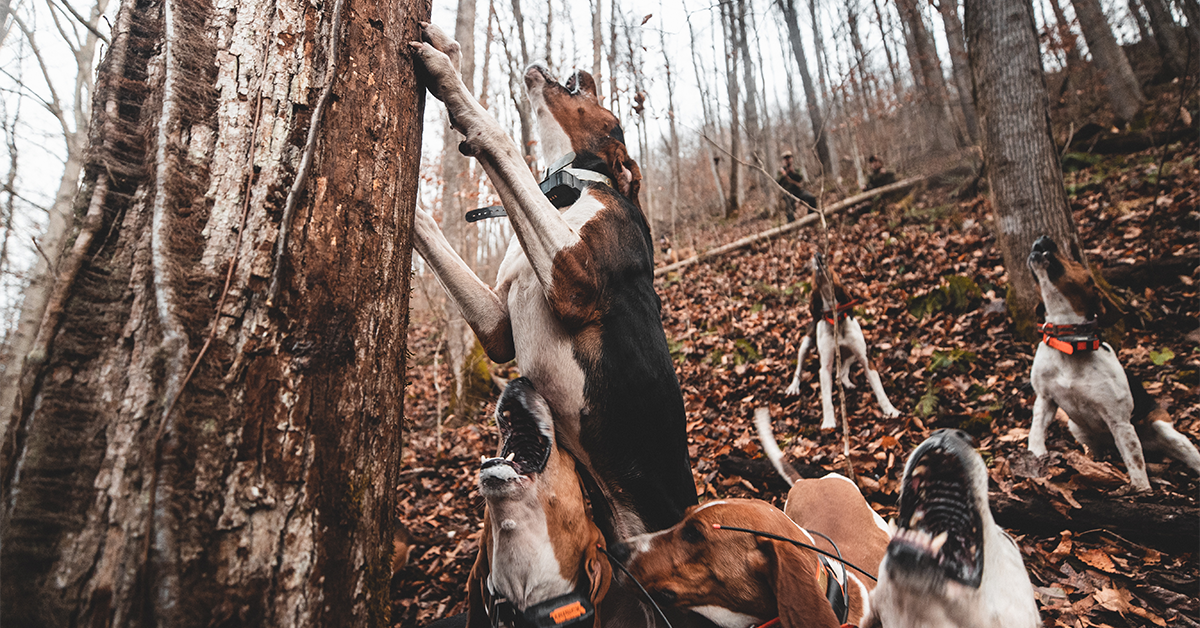 Bear
Bear Bear
Bear